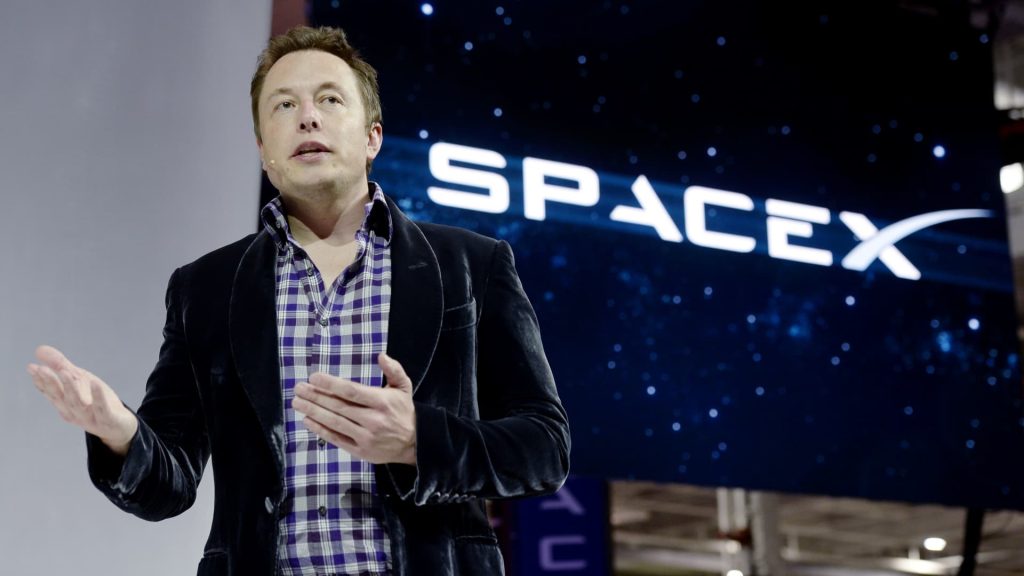5G Technology, Random Post
Starlink Internet: Bridging the Digital Divide and Beyond
In a world that revolves around constant connectivity. Access to fast and reliable internet has become an essential part of daily life. However, not everyone enjoys the same level of connectivity, especially in remote and underserved regions. Enter Starlink Internet, a revolutionary project by SpaceX, which aims to bring high-speed internet to every corner of the globe. In this article, we’ll explore what Starlink Internet is, how it works, and the potential impact it could have on the digital landscape.
What is Starlink Internet?
Starlink Internet is a satellite internet constellation project developed by SpaceX. The private aerospace company was founded by Elon Musk. The vision behind Starlink is simple yet ambitious: To provide global, high-speed internet access to areas where traditional internet infrastructure is limited or nonexistent.
The project involves deploying a constellation of thousands of small satellites in low Earth orbit (LEO). That work in unison to create a seamless network of coverage across the planet.
SpaceX
SpaceX, the brainchild of entrepreneur Elon Musk, stands as a pioneering force at the forefront of space exploration and technology advancement. Founded in 2002 with the ambitious goal of reducing space transportation costs and enabling the colonization of Mars, SpaceX has redefined the aerospace industry.
With its innovative spirit and groundbreaking accomplishments, SpaceX continues to propel humanity’s aspirations into the cosmos.
How does Starlink Internet work?
Traditional internet services primarily rely on ground-based infrastructure such as fiber-optic cables and cell towers. While effective in urban areas, extending these networks to remote and rural regions can be prohibitively expensive and technically challenging. Starlink takes a different approach.
The Starlink constellation consists of compact satellites that orbit the Earth at a much lower altitude than traditional geostationary satellites. This lower orbit significantly reduces latency, leading to faster internet speeds and improved performance for users. The satellites interconnect, creating an expansive and agile network that communicates with both user terminals on the ground and other satellites in the constellation.
To access Starlink Internet, users need to install a Starlink user terminal at their location. This terminal, often referred to as a satellite dish, is equipped with advanced technology that automatically aligns with the passing Starlink satellites. Once connected, users can enjoy high-speed internet with lower latency, even in remote areas far from urban centers.
Advantages of Starlink Internet
The emergence of Starlink Internet brings numerous advantages that can have far-reaching implications:
- Global Coverage: Starlink aims to achieve near-global coverage, reaching even the most remote and underserved regions worldwide. This has the potential to bridge the digital divide, connecting people in rural areas and developing countries to the digital world.
- High-Speed Connectivity: With its LEO satellite constellation, Starlink offers impressive internet speeds comparable to or even surpassing some of the best terrestrial internet services. This can transform the internet experience for users, enabling seamless video conferencing, online gaming, and quick downloads.
- Disaster Resilience: In areas where terrestrial infrastructure is susceptible to natural disasters or other disruptions, Starlink Internet can serve as a reliable backup, ensuring continuous connectivity during challenging times.
- Innovative Applications: Starlink’s high-speed, low-latency connectivity opens up possibilities for various applications, including telemedicine, remote education, IoT (Internet of Things) deployments, and scientific research.
Challenges and Future Prospects
While Starlink Internet holds immense promise, it’s not without its challenges. One concern is the issue of space debris, as an ever-growing constellation of satellites increases the risk of collisions and orbital debris. SpaceX and other satellite operators are actively addressing this concern through responsible space management practices.
Additionally, ensuring affordability and accessibility in underserved regions will be crucial for Starlink’s success in truly bridging the digital divide. Governments, NGOs, and private organizations may need to collaborate to make the service accessible to those who need it most.
As of now, Starlink Internet is still in its beta testing phase, with an expanding user base participating in the testing program. SpaceX continues to launch batches of satellites into space, continuously enhancing the constellation’s capabilities and coverage.
Starlink Internet represents a paradigm shift in the way we connect to the internet. With its ambitious goal of providing global high-speed connectivity. Starlink has the potential to reshape the digital landscape, empowering communities and individuals worldwide. By bridging the digital divide, supporting innovation, and enabling connectivity in even the most remote regions, Starlink is a project that captures the imagination and holds the promise of a more connected future for all

